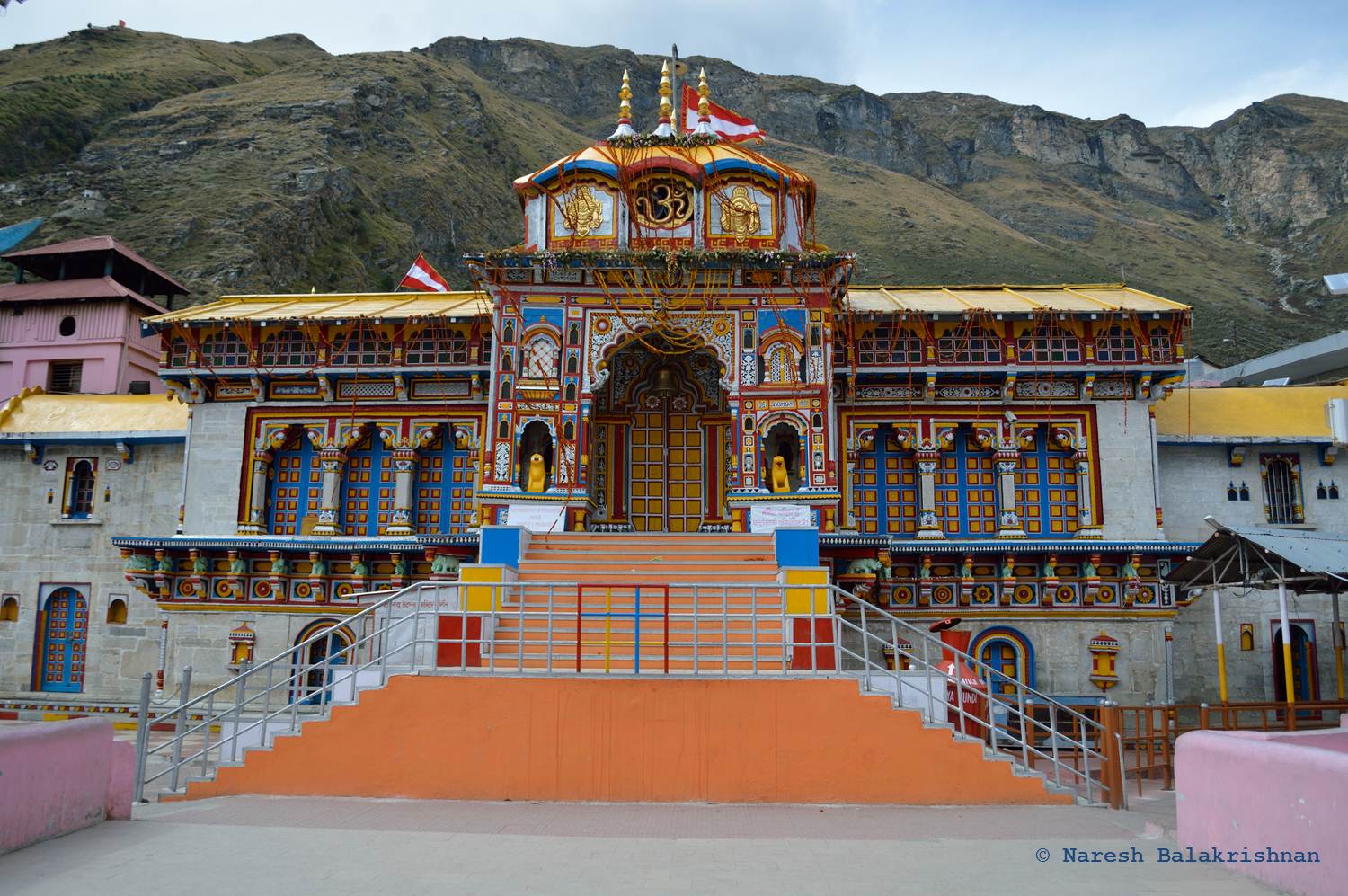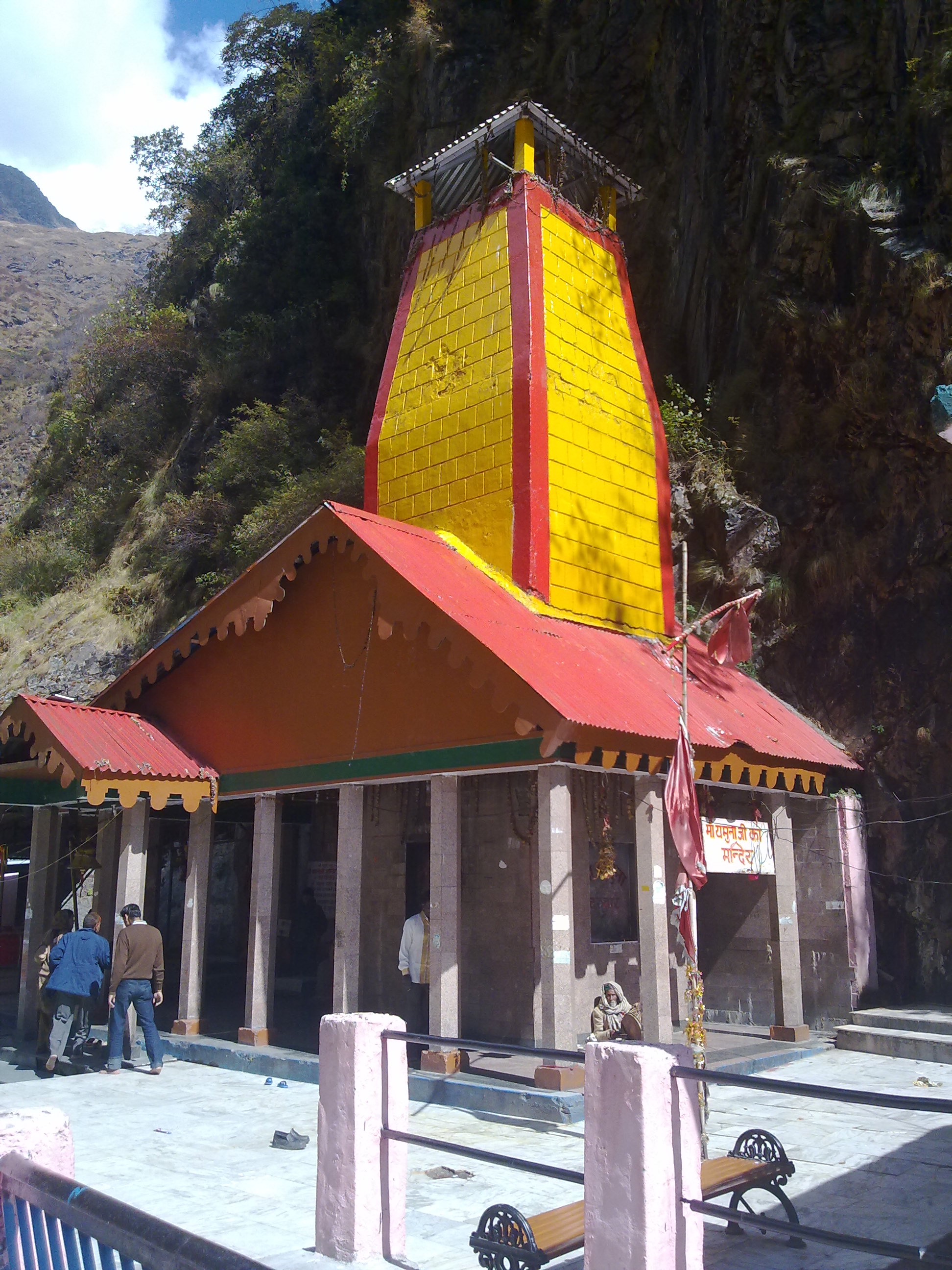|
Ganges (BBC TV Series)
''Ganges'' is a nature documentary series for television on the natural history of the River Ganges in India and Bangladesh. It showcases the variety of animals and habitats that are to be found along the river's 2,510 km (1,557 mi) reach, as well as the cultures, traditions and religions of the large human population that it supports. For Hindus, the Ganges is a sacred river and a place of pilgrimage, and it holds a deep influence on their religion and culture as well as being their lifeblood. Over the course of three episodes, the series is presented as a journey from the source of the river in the high Himalaya to its delta at the Bay of Bengal. ''Ganges'' is narrated by actor/playwright Sudha Bhuchar and produced by the BBC Natural History Unit, in association with the Travel Channel and France 3. The series producer is Ian Gray. It was first broadcast on BBC Two in August 2007 and formed part of the BBC's "India and Pakistan '07" season, marking the 60th anniv ... [...More Info...] [...Related Items...] OR: [Wikipedia] [Google] [Baidu] |
Nature Documentary
A nature documentary or wildlife documentary is a genre of documentary film or series about animals, plants, or other non-human living creatures, usually concentrating on video taken in their natural habitat but also often including footage of trained and captive animals. Sometimes they are about wildlife or ecosystems in relationship to human beings. Such programmes are most frequently made for television, particularly for public broadcasting channels, but some are also made for the cinema medium. The proliferation of this genre occurred almost simultaneously alongside the production of similar television series. History In cinema Robert J. Flaherty's 1922 film ''Nanook of the North'' is typically cited as the first feature-length documentary. Decades later, Walt Disney Productions pioneered the serial theatrical release of nature-documentaries with its production of the True-Life Adventures series, a collection of fourteen full length and short subject nature films from 1948 to ... [...More Info...] [...Related Items...] OR: [Wikipedia] [Google] [Baidu] |
Sudha Bhuchar
Sudha Bhuchar (born ) is a Tanzanian-born British Asian actor, playwright, and co-founder of the Tamasha Theatre Company. She is best known for Tamasha's ''Balti Kings'' (1999), ''A Fine Balance'' (2005), ''The Trouble with Asian Men'' (2005), and ''My Name Is...'' (2014) as well as numerous screenplays for television and film. Bhuchar's playwriting and producing work focuses on the stories of British Asians with the goal of attracting culturally and ethnically diverse audiences. She has been called "one of Britain's most successful artistic theatre directors and well-established actors" by ''Asian Culture Vulture'' online magazine. Early life and education Bhuchar was born in Tanga, Tanzania, to Indian parents. She identifies as British Asian and spent her childhood traveling back and forth between East Africa and India. When Bhuchar was 11 years old, the family moved to England, living in King's Lynn in Norfolk for a year and then moving to London, where she went to school in F ... [...More Info...] [...Related Items...] OR: [Wikipedia] [Google] [Baidu] |
Nandadevi
Nanda Devi is the second-highest mountain in India, after Kangchenjunga, and the highest located entirely within the country (Kangchenjunga is on the border of India and Nepal). It is the 23rd-highest peak in the world. Nanda Devi was considered the highest mountain in the world before computations in 1808 proved Dhaulagiri to be higher. It was also the highest mountain in India until 1975, when Sikkim, an independent kingdom until 1948 and a protectorate of India thereafter, became a part of the Republic of India. It is located in Chamoli Garhwal district of Uttarakhand, between the Rishiganga valley on the west and the Goriganga valley on the east. The peak, whose name means "Bliss-Giving Goddess", is regarded as the patron goddess of the Garhwal and Kumaon Himalayas. In acknowledgment of its religious significance and for the protection of its fragile ecosystem, the Government of India declared the peak as well as the circle of high mountains surrounding it—the Nand ... [...More Info...] [...Related Items...] OR: [Wikipedia] [Google] [Baidu] |
Cedrus Deodara
''Cedrus deodara'', the deodar cedar, Himalayan cedar, or deodar, is a species of cedar native to the Himalayas. Description It is a large evergreen coniferous tree reaching tall, exceptionally with a trunk up to in diameter. It has a conic crown with level branches and drooping branchlets. The leaves are needle-like, mostly long, occasionally up to long, slender ( thick), borne singly on long shoots, and in dense clusters of 20–30 on short shoots; they vary from bright green to glaucous blue-green in colour. The female cones are barrel-shaped, long and broad, and disintegrate when mature (in 12 months) to release the winged seeds. The male cones are long, and shed their pollen in autumn. Chemistry The bark of ''Cedrus deodara'' contains large amounts of taxifolin. The wood contains cedeodarin, ampelopsin, cedrin, cedrinoside, and deodarin (3′,4′,5,6-tetrahydroxy-8-methyl dihydroflavonol). The main components of the needle essential oil include α-terpine ... [...More Info...] [...Related Items...] OR: [Wikipedia] [Google] [Baidu] |
Lammergeier
The bearded vulture (''Gypaetus barbatus''), also known as the lammergeier and ossifrage, is a very large bird of prey and the only member of the genus ''Gypaetus''. Traditionally considered an Old World vulture, it actually forms a separate minor lineage of Accipitridae together with the Egyptian vulture (''Neophron percnopterus''), its closest living relative. It is not much more closely related to the Old World vultures proper than to, for example, hawks, and differs from the former by its feathered neck. Although dissimilar, the Egyptian and bearded vulture each have a lozenge-shaped tail—unusual among birds of prey. The bearded vulture population is thought to be in decline; in 2004, it was classified on the IUCN Red List as least concern but has been listed as near threatened since 2014. It lives and breeds on crags in high mountains in southern Europe, East Africa, the Indian subcontinent, Tibet, and the Caucasus. Females lay one or two eggs in mid-winter that hatch at ... [...More Info...] [...Related Items...] OR: [Wikipedia] [Google] [Baidu] |
Snow Leopard
The snow leopard (''Panthera uncia''), also known as the ounce, is a Felidae, felid in the genus ''Panthera'' native to the mountain ranges of Central Asia, Central and South Asia. It is listed as Vulnerable species, Vulnerable on the IUCN Red List because the global population is estimated to number fewer than 10,000 mature individuals and is expected to decline about 10% by 2040. It is threatened by poaching and habitat destruction following infrastructural developments. It inhabits Alpine climate, alpine and subalpine zones at elevations of , ranging from eastern Afghanistan, the Himalayas and the Tibetan Plateau to southern Siberia, Mongolia and western China. In the northern part of its range, it also lives at lower elevations. Taxonomy (biology), Taxonomically, the snow leopard was long classified in the monotypic genus ''Uncia''. Since Phylogenetics, phylogenetic studies revealed the relationships among ''Panthera'' species, it has been considered a member of that Genus ( ... [...More Info...] [...Related Items...] OR: [Wikipedia] [Google] [Baidu] |
Gaumukh
Gomukh, also known as "Gaumukh" or "Gomukhi" (Hindi: गौमुख or गौमुखी ; Assamese and Bengali: গোমুখ or গোমুখী), is the terminus or pout of the Gangotri Glacier and the source of the Bhagirathi River, one of the primary headstreams of the Ganga River. The word ''Gomukh/Gaumukh'' (''go/gau''=cow, ''mukh''= mouth) literally means "Mouth of a Cow." The place is situated at a height of 13,200 ft (4,023 m) in the Uttarkashi district in the state of Uttarakhand, India. It is one of the largest in the Himalayas with an estimated volume of over 27 cubic kilometers. It is a holy Hindu pilgrimage site, visited by many who visit Gangotri. It is around 20km away from Gangotri and can be reached by trekking. In 1972, Sir Seewoosagur Ramgoolam the then Prime Minister of Mauritius, brought the holy Ganga water from Gomukh and mixed it with the water of Grand Bassin in Mauritius and renamed it as Ganga Talao for the Mauritian Hindus. In ancient ti ... [...More Info...] [...Related Items...] OR: [Wikipedia] [Google] [Baidu] |
Gangotri
Gangotri is a town and a ''Nagar Panchayat'' (municipality) in Uttarkashi district in the state of Uttarakhand, India. It is 99 km from Uttarkashi, the main district headquarter. It is a Hindu pilgrim town on the banks of the river Bhagirathi – the origin of the river Ganges. The town is located on the Greater Himalayan Range, at a height of . According to popular Hindu legend, Goddess Ganga descended here when Lord Shiva released the mighty river from the locks of his hair. Gangotri significance Gangotri is one of the four sites in the Chota Char Dham pilgrimage circuit. It is also the origin of the Ganges river and seat of the goddess Ganga. The river is called Bhagirathi at the source and acquires the name ''Ganga'' (the Ganges) from Devprayag onwards where it meets the Alaknanda. The origin of the holy river is at Gaumukh, set in the Gangotri Glacier, and is a 19 km trek from Gangotri. The original Gangotri Temple was built by the Nepalese general Amar Singh Tha ... [...More Info...] [...Related Items...] OR: [Wikipedia] [Google] [Baidu] |
Badrinath
Badrinath is a town and nagar panchayat in Chamoli district in the state of Uttarakhand, India. A Hindu holy place, it is one of the four sites in India's Char Dham Hindu pilgrimage, pilgrimage and is also part of India's Chota Char Dham pilgrimage circuit. It gets its name from the Badrinath Temple. Etymology ''Badri'' refers to "Badrayana", another name for Rishi Vyasa, Ved Vyas who is believed to have resided in this region. It is also known as "Badarikashrama". History Badrinath was re-established as a major pilgrimage site by Adi Shankara in the 8th century. In earlier days, pilgrims used to walk hundreds of miles to visit the Badrinath temple. The temple has been repeatedly destroyed by earthquakes and avalanches. As late as the First World War, the town consisted only of the 20-odd huts used by the temple's staff, but the site drew thousands each year and up to 50,000 on its wikt:duodecennial, duodecennial festivals (every twelve years). In recent years its populari ... [...More Info...] [...Related Items...] OR: [Wikipedia] [Google] [Baidu] |
Yamuna
The Yamuna (Hindustani language, Hindustani: ), also spelt Jumna, is the second-largest tributary river of the Ganges by discharge and the longest tributary in List of major rivers of India, India. Originating from the Yamunotri Glacier at a height of about on the southwestern slopes of Bandarpunch peaks of the Lower Himalayan Range, Lower Himalaya in Uttarakhand, it travels a total length of and has a Drainage system (geomorphology), drainage system of , 40.2% of the entire Ganges Basin. It merges with the Ganges at Triveni Sangam, Allahabad, which is a site of the Kumbh Mela, a Hindu festival held every 12 years. Like the Ganges, the Yamuna is highly venerated in Hinduism and worshipped as the Yamuna in Hinduism, goddess Yamuna. In Hinduism she is the daughter of the sun god, Surya, and the sister of Yama, the god of death, and so is also known as Yami. According to popular legends, bathing in its sacred waters frees one from the torments of death. It crosses several s ... [...More Info...] [...Related Items...] OR: [Wikipedia] [Google] [Baidu] |
Yamunotri
Yamunotri, also Jamnotri, is the source of the Yamuna River and the seat of the Goddess Yamuna in Hinduism. It is situated at an altitude of in the Garhwal Himalayas and located approximately North of Uttarkashi, the headquarters of the Uttarkashi district in the Garhwal Division of Uttarakhand, India. It is one of the four sites in India's Chhota Char Dham pilgrimage. The sacred shrine of Yamunotri, source of the river Yamuna, is the westernmost shrine in the Garhwal Himalayas, perched atop a flank of Bandar Poonch Parvat. The chief attraction at Yamunotri is the temple devoted to the Goddess Yamuna and the holy thermal springs at Janki Chatti which is 7 km away. The actual source, a frozen lake of ice and glacier (Champasar Glacier) located on the Kalind Mountain at a height of 4,421 m above sea level, about 1 km further up, is not frequented generally as it is not accessible; hence the shrine has been located on the foot of the hill. The approach is extremely diffi ... [...More Info...] [...Related Items...] OR: [Wikipedia] [Google] [Baidu] |
Kedarnath
Kedarnath is a town and Nagar Panchayat in Rudraprayag district of Uttarakhand, India, known primarily for the Kedarnath Temple. It is approximately 86 kilometres from Rudraprayag, the district headquarter. Kedarnath is the most remote of the four Chota Char Dham pilgrimage sites. It is located in the Himalayas, about above sea level near the Chorabari Glacier, which is the source of the Mandakini river. The town is flanked by snow-capped peaks, most prominently the Kedarnath Mountain. The nearest road head is at Gaurikund about 16 km away. The town suffered extensive destruction during June 2013 from the Flash Floods caused by torrential rains in Uttarakhand state. Etymology The name "Kedarnath" means "the Lord of the Field". It is derived from the Sanskrit words ''kedara'' ("field") and ''natha'' ("lord"). The text ''Kashi Kedara Mahatmya'' states that it is so-called because "the crop of liberation" grows here. History Kedarnath has been a pilgrimage centre since an ... [...More Info...] [...Related Items...] OR: [Wikipedia] [Google] [Baidu] |

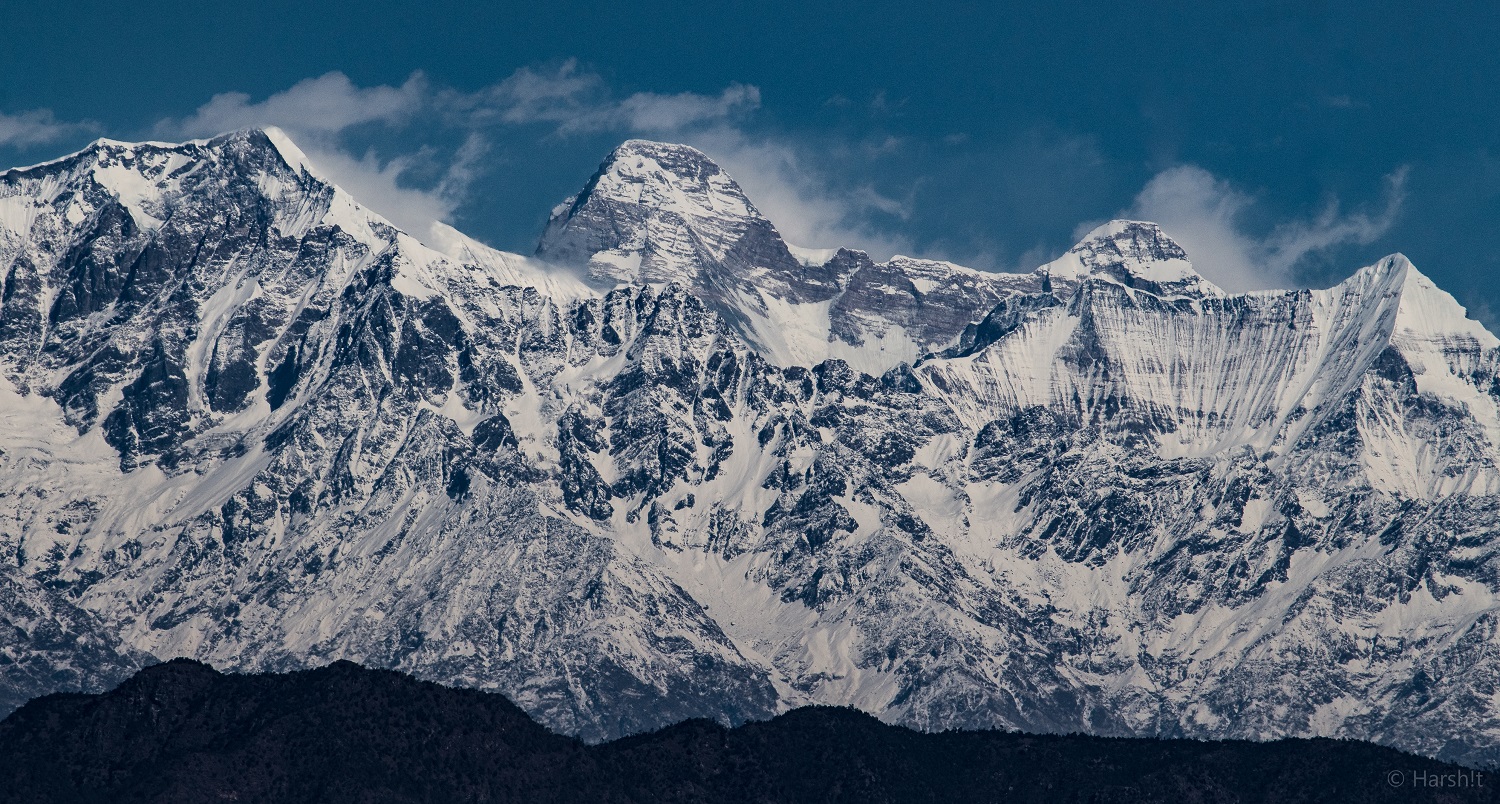

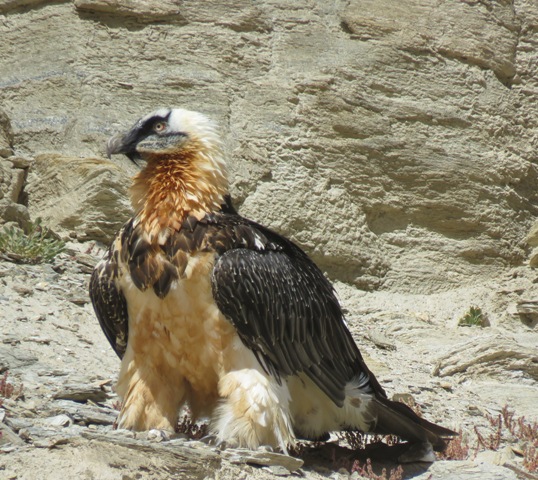

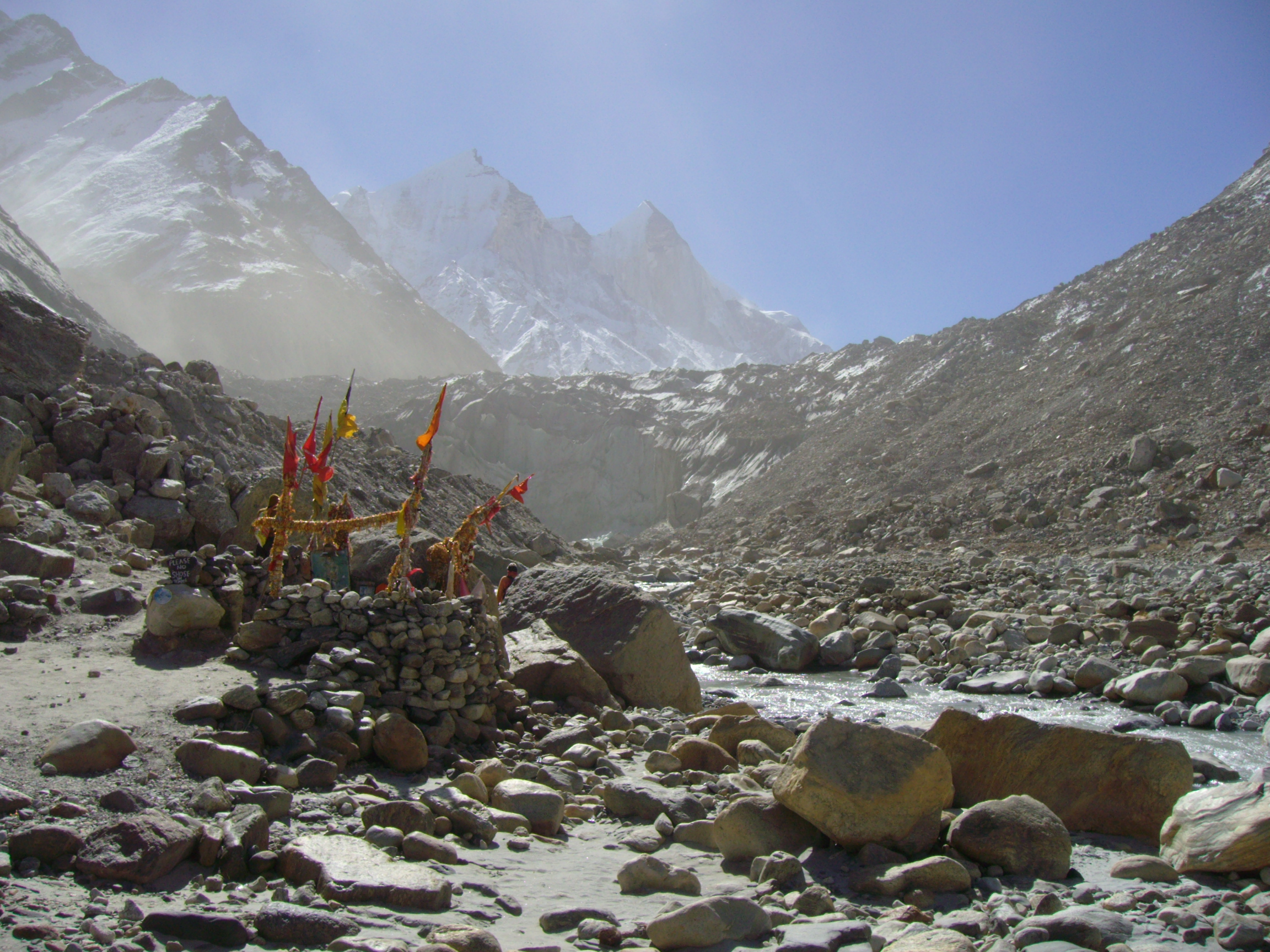
.jpg)
